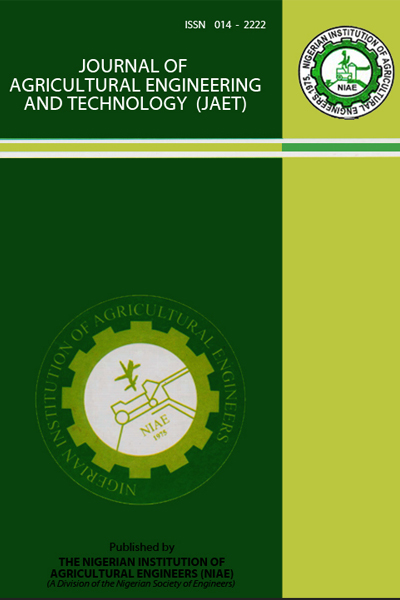COMPRESSION CHARACTERISTICS OF BAOBAB, OKRA, GINGER, AND MURUCHI POWDERS
Keywords:
compression behaviour, baobab leaf powder, okra fruit powder, ginger powder, muruchi powder, compression modelsAbstract
Powdery products of food origin have the potential to be used as ingredients and or raw materials in food industries. But powdery foods are usually compressed intentionally during densification process or unintentionally during handling and processing. Thus, this study sought to determine the compression behaviour of baobab leaf, okra fruit, ginger root, and muruchi powders with tapping and
under normal low pressure < 2500 N/m2. Compression models were also used to simulate experimental data in order to compare their performances and estimate compression parameters. All samples were subjected to tapping and normal pressure tests. Muruchi powder was compressed after 1250 taps followed by baobab and ginger powders at 1000 taps and then okra powder at 750 taps. Ginger powder had the highest volume reduction ratio (0.265) by tapping followed by muruchi powder (0.236), baobab powder (0.230) and okra powder (0.149). Ginger powder had the highest compressibility (31.6%) under normal pressure followed by baobab (16%), muruchi (15.5%), and okra (12.8%) powders. The compression models used showed good simulation of the experimental data, where Walker’s model had the highest coefficient of determination (0.993-0.9998) followed by Jones’ (0.9943 to 0.9997) and Barbosa Canovas’(0.9953 to 0.9989) models. These results are very useful for solving obstacles in handling, processing and packaging of bulk
powdery food materials.


